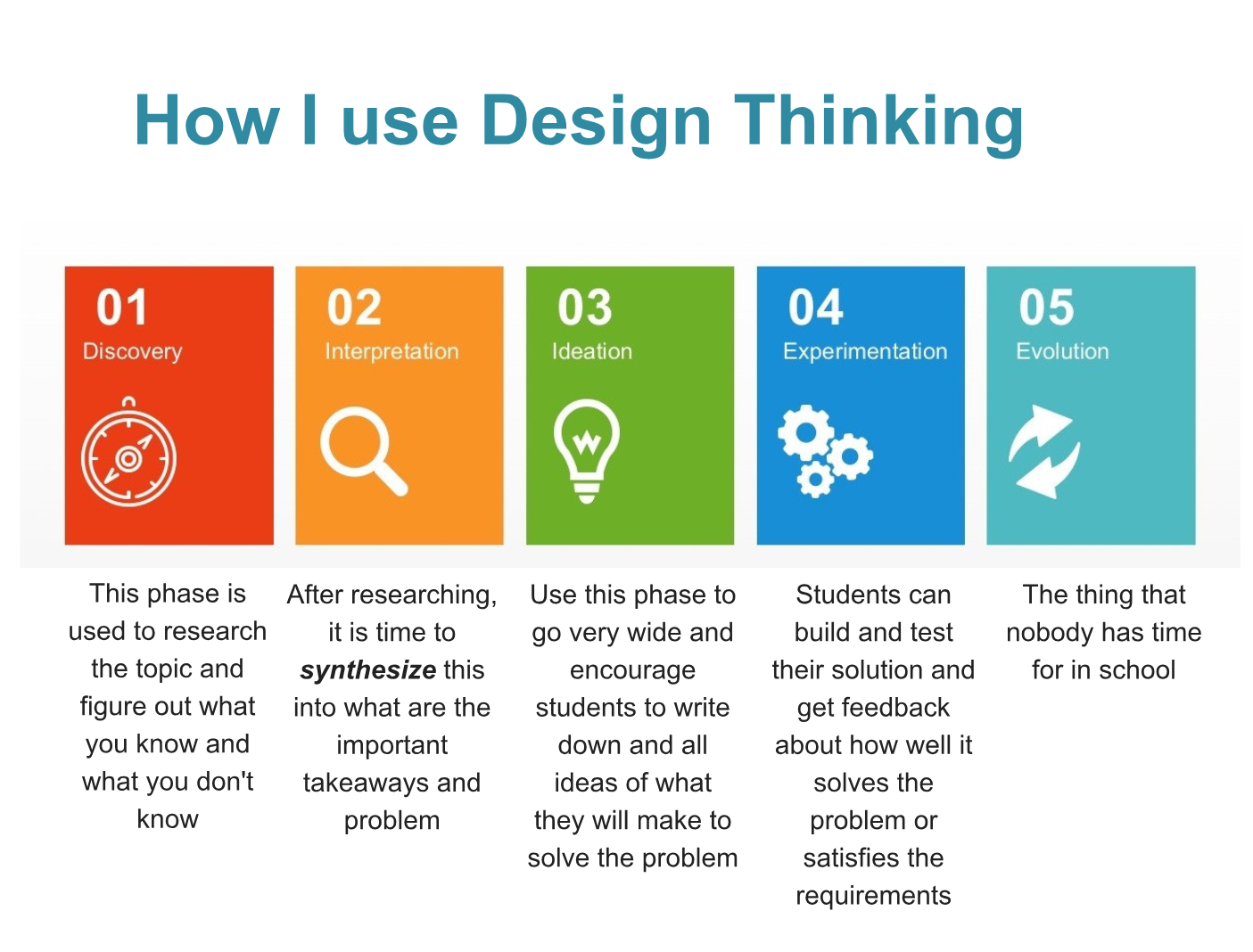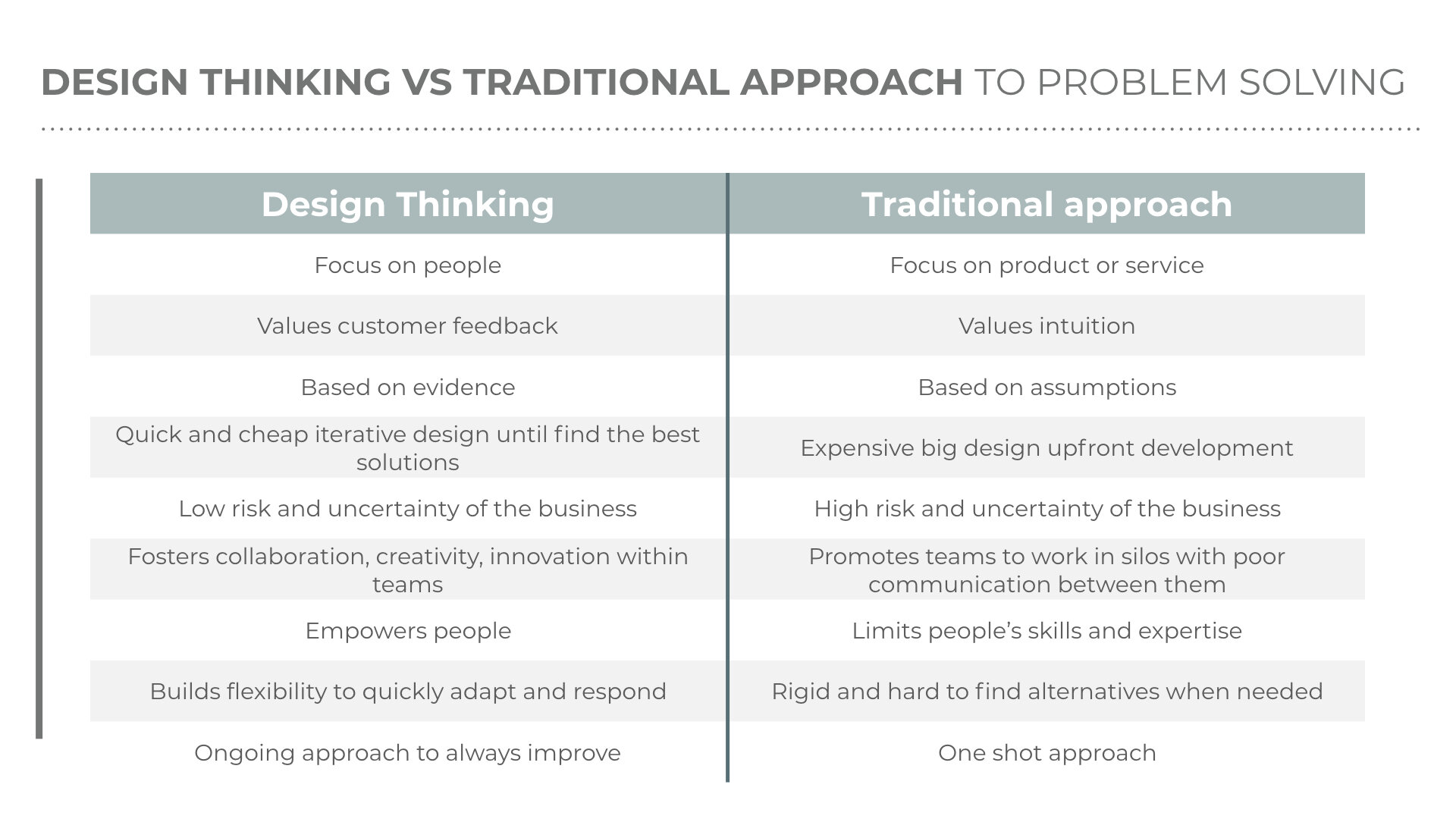Table Of Content

When you explore solutions through design thinking, you do so based on human needs and user feedback. Your users feel seen and heard, and your product development process is resilient and efficient. While we know a lot about what practices stimulate new ideas and creative solutions, most innovation teams struggle to realize their benefits.
Stage 5: Test—Try Your Solutions Out
Divergence and convergence is a human-centered design approach to problem-solving. It switches between expansive and focused thinking, giving you a process that balances understanding people’s problems and developing solutions. Your priority here is to think outside the box and source as many ideas as possible from all areas of the business. Bring in people from different departments so you benefit from a wider range of experiences and perspectives during ideation sessions.
Co-evolution of problem and solution
If it is a new landing page, draw out a wireframe and get feedback internally. Change it based on feedback, then prototype it again in quick and dirty code. At this phase, bring your team members together and sketch out many different ideas.
Stage 5 in the Design Thinking Process: Test
To keep up with recent developments in design thinking, read IDEO CEO Tim Brown’s blog. Design consultancy IDEO’s designkit is an excellent repository of design thinking tools and case studies. The key mindsets that ensure a team can successfully implement design thinking are.
Framework for Innovation - Design Council
Framework for Innovation.
Posted: Thu, 11 May 2023 08:34:55 GMT [source]
The first step in the design-thinking process is to observe a situation and notice what is actually happening. They showed participants a video of people playing basketball and instructed them to count how many times the players on a particular team passed the ball. Knowing that many employees have little or no contact with users, they actively encourage design thinking and focus on the problems that matter to customers (and ultimately benefit the business, too). It’s a framework that empowers you to ask important questions about your product and how it affects users.
Theme 2: Learning settings of the gamified online role-play
Role-play through video teleconference would be considered as a distance learning tool for training dental professionals to effectively use teledentistry. The design thinking process wraps up with a lot of testing and tweaking based on feedback from users — after all, human-centered design prioritizes users’ needs and wants. Through testing, you’re essentially validating the hypotheses and solutions that you came up with in the other stages, Taylor says. Design thinking gives teams a new way to approach their projects and overcome some of those well-known challenges. It can help teams understand their users' needs and challenges, then apply those learnings to solve problems in a creative, innovative way.
Prototype and test. Repeat.
And incorporating design thinking into your business is more than just creating a design studio and hiring designers. Design thinking means fundamentally changing how you develop your products, services, and, indeed, your organization itself. Design thinking isn’t just for “things.” If you are only applying the approach to physical products, you aren’t getting the most out of it. Design thinking can be applied to any problem that needs a creative solution. When Eppinger ran into a primary school educator who told him design thinking was big in his school, Eppinger thought he meant that they were teaching students the tenets of design thinking. The second phase of design thinking is developing solutions to the problem (which you now fully understand).
Data availability

A problem statement—sometimes called a point of view (POV) statement—outlines the issue or challenge you seek to address. You can learn more about solution-based vs. problem-based thinking in our comprehensive guide to Design Thinking. At the last minute, one of your guests asks if they can bring three friends along; you now need enough potato soup for nine people! Fortunately, this problem is easily solved—you’ll simply multiply the quantities of each ingredient on the recipe in order to make more soup. Differentiates real visitors from automated bots, ensuring accurate usage data and improving your website experience. For a more comprehensive discussion on the origins of design thinking, see The History of Design Thinking.
Which program is right for you?
You start by listing out the problem, then identifying the positive aspects (the rose), negatives (thorn), and possible solutions for improvement (the buds). It’s moving from a nascent practice to an established one, and with that comes interest and critique. As a leading and committed practitioner of design thinking, IDEO has a stake in this conversation—and a responsibility to contextualize its value in the present moment and, importantly, in the future. McKinsey analysis has shown that the design-thinking approach creates more value than conventional approaches. The right design at the right price point spurs sustainability and resilience in a demonstrable way—a key driver of growth.
We’ve outlined a direct and linear design thinking process here, in which one stage seemingly leads to the next with a logical conclusion at user testing. However, in practice, the process is carried out in a more flexible and non-linear fashion. What’s more, results from the Test stage may reveal new insights about users which lead to another brainstorming session (Ideate) or the development of new prototypes (Prototype). The interactive functions can be considered as another key component for designing and evaluating the gamified online role-play45. Several participants enjoyed with a learning process within the gamified online role-play and suggested it to have more learning scenarios. In other words, this tool could engage learners with an instructional process, leading to the achievement of learning outcomes29,45.
As Thompson and Schonthal explain it, noticing is a cognitive strategy that can be broken down into three parts. First, observers must identify and abandon their cognitive scripts—the preexisting narratives that guide their understanding of situations. Next, they must learn inductively, making inferences based on limited information.
The Center for Design Thinking supports faculty and staff projects from across campus - Today at Elon
The Center for Design Thinking supports faculty and staff projects from across campus.
Posted: Wed, 10 May 2023 07:00:00 GMT [source]
However, some participants suggested that this learning approach could be rearranged in either second or third year of the program. As they already had experience in clinical practice, the gamified online role-play would reinforce their competence in teledentistry. To evaluate the gamified online role-play, a triangular design approach was employed, enabling the researchers to compare the research outcomes from different assessment methods. The DeepDive™ technique was developed by IDEO as a way to rapidly immerse a group into a situation where they can effectively problem-solve and generate ideas.
This can be a practical path if you want to improve your design thinking skills or require a more collaborative environment. You might consider developing your communication, innovation, leadership, research, and management skills, as those are often listed alongside design thinking in job postings and professional profiles. If you want to learn design thinking, take an active role in your education. Start polls, problem-solving exercises, and debates with peers to get a taste of the process.
It’s grown beyond the confines of any individual person, organization or website. For IDEO, design thinking is a way to solve problems through creativity. But based on the impact we are seeing in our work, the relevance of design thinking has never been greater.
But it’s important to know how to avoid some of the pitfalls companies can face when trying to create a design culture internally. Testing your concepts and observing how people interact with them helps you understand whether or not the prototype solves real problems and meets their needs, before you invest in it fully. The specific term "design thinking" was coined in the 1990's by David Kelley and Tim Brown of IDEO, with Roger Martin, and encapsulated methods and ideas that have been brewing for years into a single unified concept. Put your prototype in front of real customers and verify that it achieves your goals. IDEO did not invent design thinking, but we have become known for practicing it and applying it to solving problems small and large.
You can’t remove ambiguity either, so it’s best to embrace it by experimenting and exploring unknowns. Design thinking is often referred to as outside-the-box thinking, as designers attempt to develop new ways of thinking that do not abide by the dominant or more common problem-solving methods—just like artists do. Thinking outside of the box can provide an innovative solution to a sticky problem. However, thinking outside of the box can be a real challenge as we naturally develop patterns of thinking that are modeled on the repetitive activities and commonly accessed knowledge we surround ourselves with.


No comments:
Post a Comment